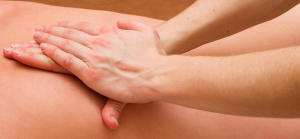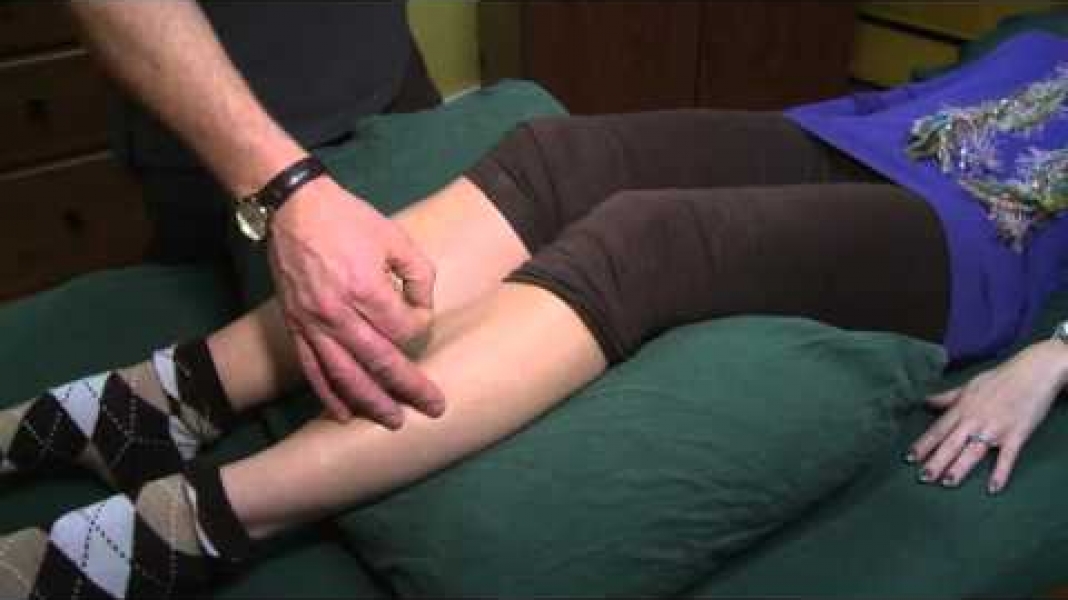
massage at Acupuncture Turning Point Edmonton
Misconception 1: Massage has been mainly portrayed as a technique to create relaxation. Therapeutically, massage is so much more than this! Two growing areas for therapeutic massage now are pain/injury management and sports massage. Imagine you ache all the time — ankle, knee, back, neck. You have come to use pain medications as short term solutions at best, and causing more problems than they help, at worst. On the other hand, massage can help improve muscle function and reduce pain with injury or sports-related performance issues. For sports focus, it’s mainly injury prevention, where massage makes the muscle more pliable and allows for a smoother and stronger contraction. I find the best results come from a mixture of relaxation and deep tissue techniques.
Misconception 2: That being said, the other big misconception about massage is that it should hurt if done properly (or deeply).
As a massage therapist (and client), you must know the difference between “good” pain and “bad” pain. It should NOT be therapeutically necessary for a client to grip the table and tense up to endure the treatment. It is hard to explain the difference between good and bad pain. Good pain is the feeling you get after you work out and you are a little sore afterwards when your muscle is gently pushed. Bad pain is usually more sharp than achy — it’s an excellent and time-tested warning system from the body that a threshold has been exceeded. In living our lives we learn (some better than others) to predict and listen to the nature of their aches and pains. At negative cost to them, some people learn to override this feedback system, and even desire the pain. So in massage my objective is to safely and slowly work into the muscle, to relax it in stages to let me in deeper, and to not have the muscle fight me back defensively! A skilled massage therapist learns to “read” the muscle, working slowly, and then systematically moving deeper as the tissues permit.
Misconception 3: A great deal of our clients ask “what is that knot in my muscle?”. Well, the muscle is not in a knot, but it may feel like it. From the microscopic perspective, a knot is a local area of actin and myosin building blocks of your muscle tissue stuck in a contracted state. Normally they move back and forth on each other to create muscle contraction and movement. So basically a knot is a region of fibres of a muscle contracted involuntarily without you activating the whole muscle. This is where massage can help! One technique used is to actually starve the knot of oxygen for a short time, by stopping the blood flow to the area. Here, the knot eventually relaxes since it uses oxygen from blood to contract — the muscle fibres release. Once the oxygen comes back when we release our pressure, the muscle often does not knot up again, and then we work on the tissues to bring in fresh blood and remove the lactic acid that may have been the problem in the first place. Knowing about the physiology of a knot allows us to safely and effectively cause it to release. At our clinic we use very good elecro-acupuncture techniques that can release a muscle “knot”. Often our clients get acupuncture and massage as a combination on the same or different days, since these therapies complement each other therapeutically.
At the Acupuncture Turning Point, our skill and experience can be a critical part of maximizing performance for the athlete or the average person sustaining an injury. Come and see what we can do help help you overcome a chronic issue, or just to be at your best!




